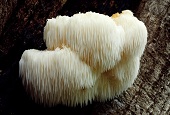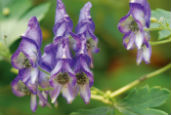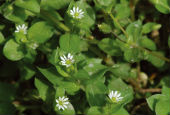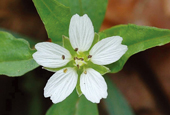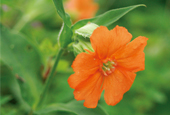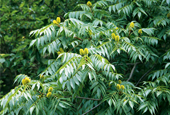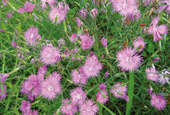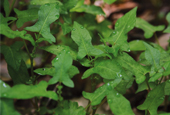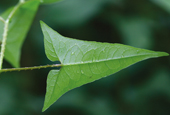View this article in another language
- 한국어
- English
- 日本語
- 中文
- العربية
- Español
- Français
- Deutsch
- Pусский
- Tiếng Việt
- Indonesian
Flora & Fauna of Korea #21
Korea.net publishes a series of articles, “Nature You Meet in the Mountains,” about the peninsula’s mushrooms, insects, trees and herbs & flowers.
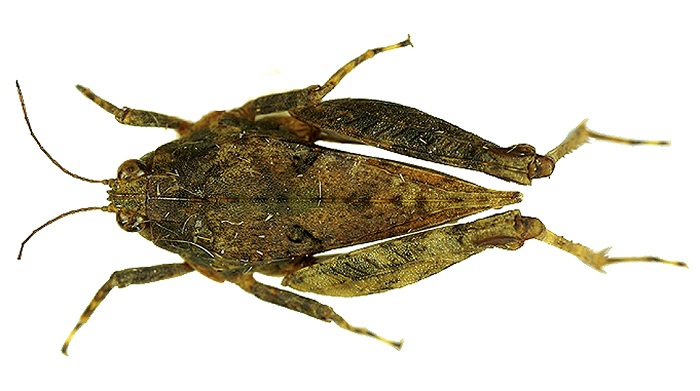
Insects
Name: 모메뚜기, Momeddugi
Scientific name: Tetrix japonica (Bolivar)
Distribution: Korea, China, Japan, Russia, Taiwan
This grasshopper is about 7 to 11 millimeters long. It is grayish or blackish brown. Normally, there are two black patterns on the back of the frontal thorax. The head is relatively large. The top of the head stands out, and the width between the eyes is wider than the size of the compound eyes themselves. There is evidence of a central line along the back. The ridge runs along both sides of the face, being parted toward the end. It seems bent forward when looked at from the sides. The prothorax is not long enough to reach the tip of the hind "knuckles" of the legs. The central line along the back stands out, making it look like a roof. The compound eyes stand out a little bit to each side.
Ecology: It normally inhabits fields. Adults can be observed in September or October. It preys on many types of grass and plants, including fallen leaves.
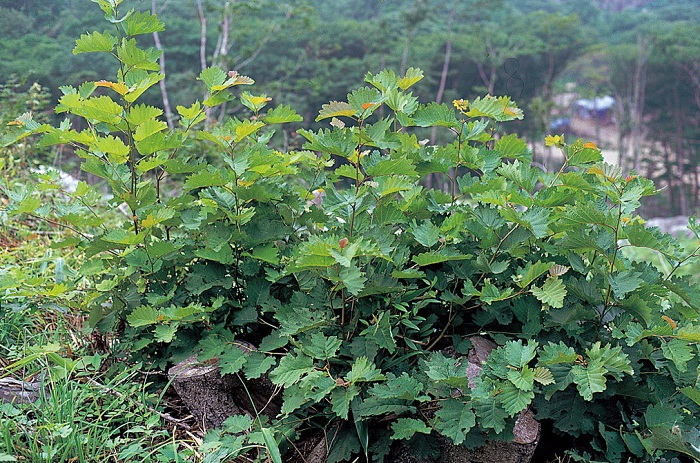
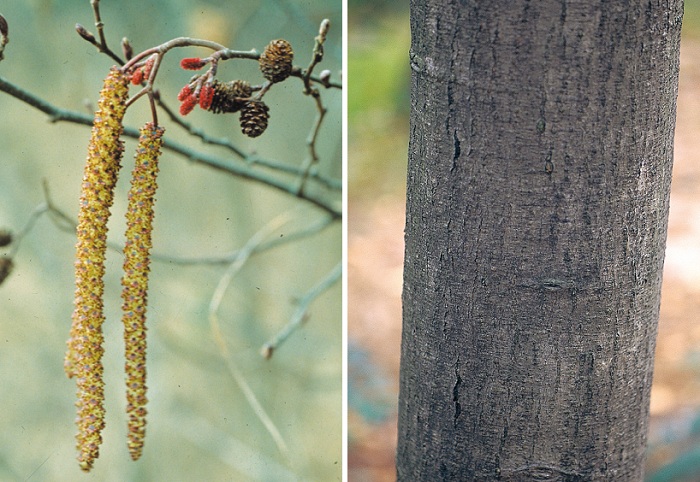
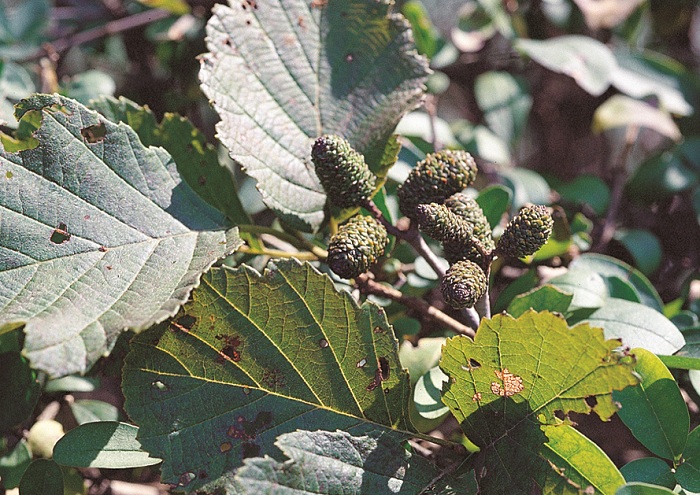
Trees
Name: 물오리나무, Mulori namu
Scientific name: Alnus sibirica Fisch. ex Turcz.
Type: deciduous broadleaf shrub
Blooming season: March to April
Bearing season: October
Distribution: mid-northern regions of the peninsula
This tree is found around the mid-northern regions of the peninsula, along the Baekdudaegan mountain ridgeline that stretches from Baekdusan Mountain to Jirisan Mountain. The average height is 20 meters and average diameter is 60 centimeters. The bark is flat, wide and grayish brown. It has alternating, oval- or egg-shaped leaves with a pointed end. The leaves get narrower toward the end. The edges are double-serrated, meaning that they have a multi-layer of saw teeth along the edges. The leaves are formed from five to eight parts. This monoecious tree gives bloom to a female flower immediately below its male flower. It bears three to four oval-shaped and blackish brown "fruits," or pine cones.
The tree is often used as timber for construction.
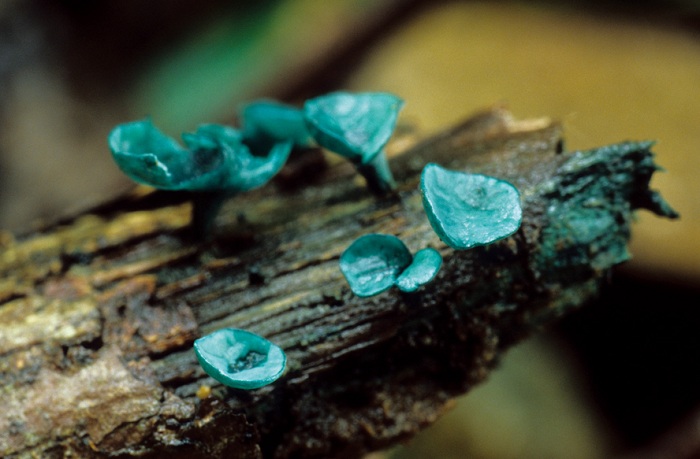
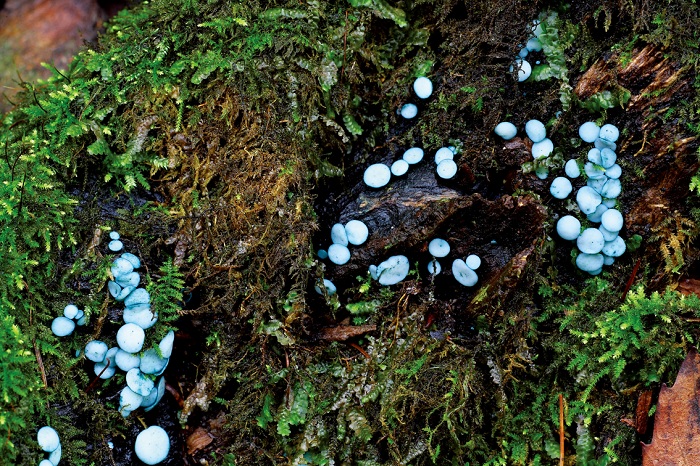
Mushrooms
Name: 녹청균 Nokcheonggyun
Scientific name: Chlorociboria aeruginosa (Oeder) Seaver ex C.S. Ramamurthi, Korf & L. R. Batra
Type: saprophile spore
Print: white
Inedible
This inedible mushroom grows in groups from twigs, branches or stumps of fallen and dead trees. The apothecium is two to six millimeters around. The shape ranges from that of a little wine glass to that of a flat plate. It is bluish green. It turns its host blue-green, as well. It has dark spots on the hymenium. It has some fur on the encrustment. Due to some granules, the surface is a bit rugged and uneven.
The three main ways in which this mushroom can be differentiated from other specimens are its dark spots, its barely seen stipes and its relatively longer spores.
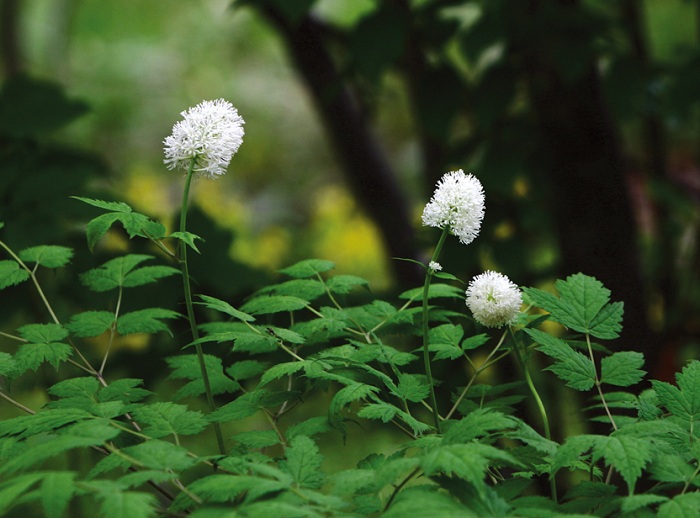
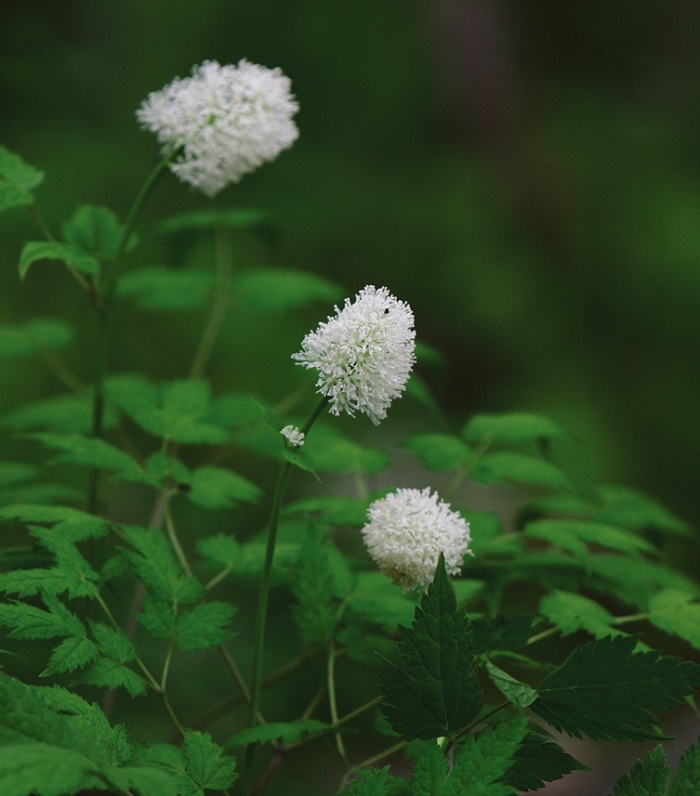
Herbs & Flowers
Name: 노루삼, Norusam
Scientific name: Actaea asiatica H.Hara
Blooming season: May to June
Full bloom: August
Distribution: nationwide
This perennial can normally be found in the shady parts of the mountains. It grows to a height of 60 centimeters. The roots are short, thick and have squama-like leaves on parts of the roots. It has compound leaves arranged in three layers, with two to four leafs in each layer. The edges of the leaves have some pointed saw teeth and there are some hairs along the central vein. The flowers are white. It is both raceme and inflorescence, meaning that its flowers sprout from the main stem along with the older flowers nearer to the base. Some fur is found on the inflorescence. It bears berry-like fruit that ripens to be round and black.
*This series of article about Korea’s insects, trees, mushrooms and herbs & flowers has been made possible through the cooperation of the Korea National Arboretum.
Korea.net publishes a series of articles, “Nature You Meet in the Mountains,” about the peninsula’s mushrooms, insects, trees and herbs & flowers.

Insects
Name: 모메뚜기, Momeddugi
Scientific name: Tetrix japonica (Bolivar)
Distribution: Korea, China, Japan, Russia, Taiwan
This grasshopper is about 7 to 11 millimeters long. It is grayish or blackish brown. Normally, there are two black patterns on the back of the frontal thorax. The head is relatively large. The top of the head stands out, and the width between the eyes is wider than the size of the compound eyes themselves. There is evidence of a central line along the back. The ridge runs along both sides of the face, being parted toward the end. It seems bent forward when looked at from the sides. The prothorax is not long enough to reach the tip of the hind "knuckles" of the legs. The central line along the back stands out, making it look like a roof. The compound eyes stand out a little bit to each side.
Ecology: It normally inhabits fields. Adults can be observed in September or October. It preys on many types of grass and plants, including fallen leaves.



Trees
Name: 물오리나무, Mulori namu
Scientific name: Alnus sibirica Fisch. ex Turcz.
Type: deciduous broadleaf shrub
Blooming season: March to April
Bearing season: October
Distribution: mid-northern regions of the peninsula
This tree is found around the mid-northern regions of the peninsula, along the Baekdudaegan mountain ridgeline that stretches from Baekdusan Mountain to Jirisan Mountain. The average height is 20 meters and average diameter is 60 centimeters. The bark is flat, wide and grayish brown. It has alternating, oval- or egg-shaped leaves with a pointed end. The leaves get narrower toward the end. The edges are double-serrated, meaning that they have a multi-layer of saw teeth along the edges. The leaves are formed from five to eight parts. This monoecious tree gives bloom to a female flower immediately below its male flower. It bears three to four oval-shaped and blackish brown "fruits," or pine cones.
The tree is often used as timber for construction.


Mushrooms
Name: 녹청균 Nokcheonggyun
Scientific name: Chlorociboria aeruginosa (Oeder) Seaver ex C.S. Ramamurthi, Korf & L. R. Batra
Type: saprophile spore
Print: white
Inedible
This inedible mushroom grows in groups from twigs, branches or stumps of fallen and dead trees. The apothecium is two to six millimeters around. The shape ranges from that of a little wine glass to that of a flat plate. It is bluish green. It turns its host blue-green, as well. It has dark spots on the hymenium. It has some fur on the encrustment. Due to some granules, the surface is a bit rugged and uneven.
The three main ways in which this mushroom can be differentiated from other specimens are its dark spots, its barely seen stipes and its relatively longer spores.


Herbs & Flowers
Name: 노루삼, Norusam
Scientific name: Actaea asiatica H.Hara
Blooming season: May to June
Full bloom: August
Distribution: nationwide
This perennial can normally be found in the shady parts of the mountains. It grows to a height of 60 centimeters. The roots are short, thick and have squama-like leaves on parts of the roots. It has compound leaves arranged in three layers, with two to four leafs in each layer. The edges of the leaves have some pointed saw teeth and there are some hairs along the central vein. The flowers are white. It is both raceme and inflorescence, meaning that its flowers sprout from the main stem along with the older flowers nearer to the base. Some fur is found on the inflorescence. It bears berry-like fruit that ripens to be round and black.
*This series of article about Korea’s insects, trees, mushrooms and herbs & flowers has been made possible through the cooperation of the Korea National Arboretum.
